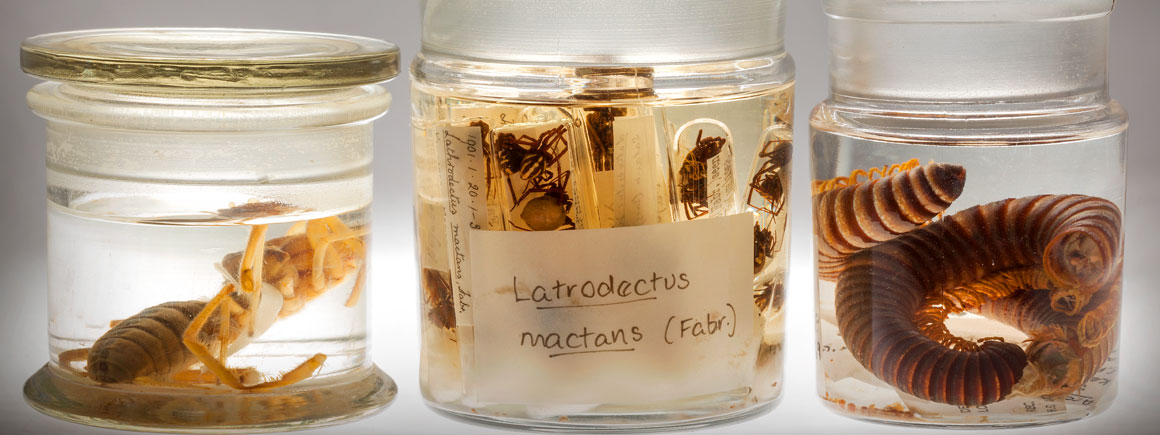Find out what you can take into the collections.
What can I take into the collections?
The collections are historic and irreplaceable resources and we therefore restrict what can be taken into collections areas. Visitors may only take what they need into the collections.
- Bags and coats: You may be asked to leave bags and coats in lockers or secure areas outside of collections.
- Personal items: You may be provided with a clear carrier bag to transfer your personal items into in order to take into collections areas.
- Bag searches: Any personal items that are taken into collections may be liable to being searched upon departure.
- Mobile phones: You will be asked to set mobile devices to silent.
- Food and drink: Food and drink are prohibited from collections and laboratory areas.
Bringing comparative material
If you wish to bring comparative material with you when you visit the Museum's collections, please discuss this with your host when arranging your visit.
It may need to be frozen or visually inspected to comply with the Museum's Integrated Pest Management (IPM) policy and procedures before being allowed into the collection spaces or laboratories.
Due diligence for visitors
The Natural History Museum is committed to the legal and ethical use of collections in its exhibitions and research.
The Museum abides by the following recognised principles and international standards:
- UNESCO 1970 Convention on the Means of Prohibiting and Preventing the Illicit Import, Export and Transfer of Ownership of Cultural Property, and the Dealing in Cultural Objects (Offences) Act 2003.
- Combating Illicit Trade: Due diligence guidelines for museums, libraries and archives on collecting and borrowing cultural material DCMS, 2005.
- National Museum Directors Conference (NMDC) 'Statement of Principles and Proposed Actions on Spoliation of Works of Art during the Holocaust and World War II period' (1998).
- Convention on International Trade in Endangered Species of Wild Fauna and Flora 1973/79.
- Convention on the Conservation of European Wildlife and Natural Habitats (Bern Convention) 1982.
- Convention on Biological Diversity (CBD) 1992.
- Nagoya Protocol on Access to Genetic Resources and the Fair and Equitable Sharing of Benefits Arising from their Utilization (ABS) to the Convention on Biological Diversity 2010.
In order to meet this commitment, the Museum asks that visitors entering the collections:
- do not bring items with them for comparative study that have been collected and/or exported illegally from the country of origin
- ensure that any Natural History Museum staff who may handle, discuss or study items bought into the Museum are made aware of mutually agreed terms, material transfer agreements, prior informed consent, etc, relating to the items
- abide by any mutually agreed terms, material transfer agreements, prior informed consent etc., relating items within the Natural History Museum collections that they study
